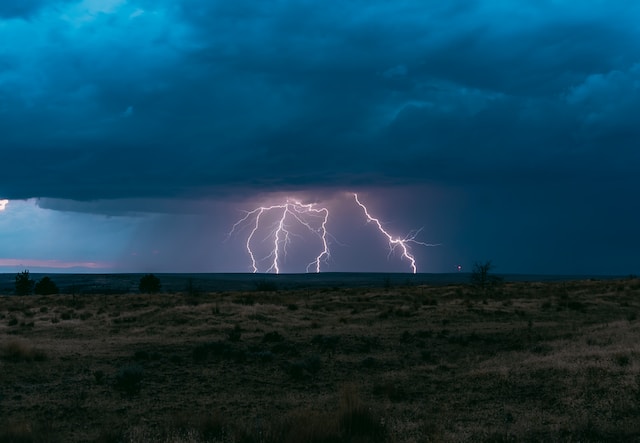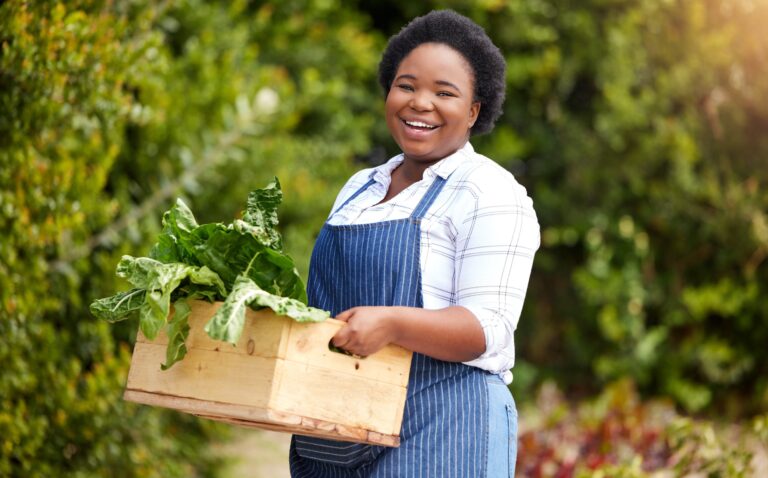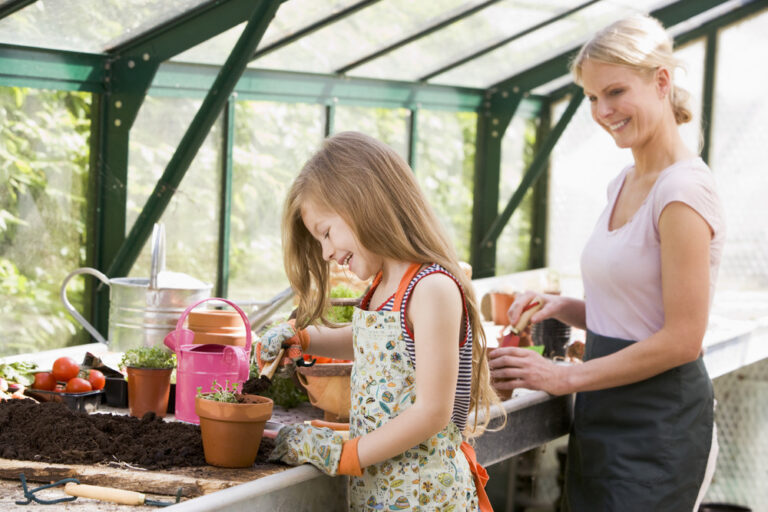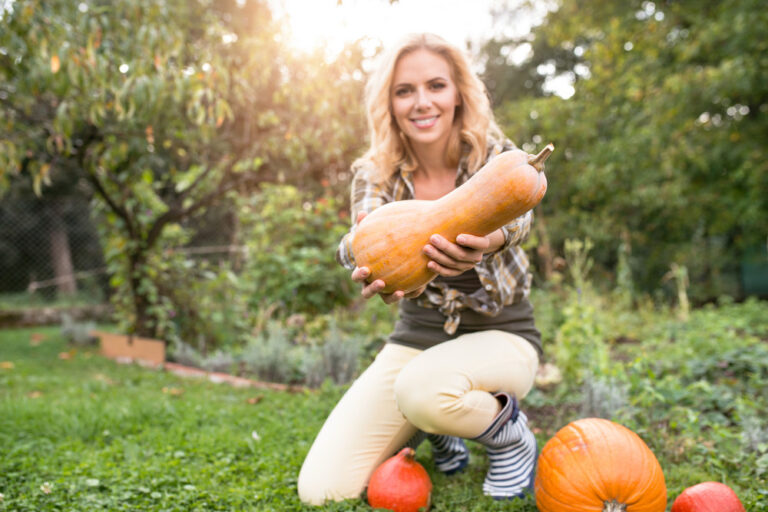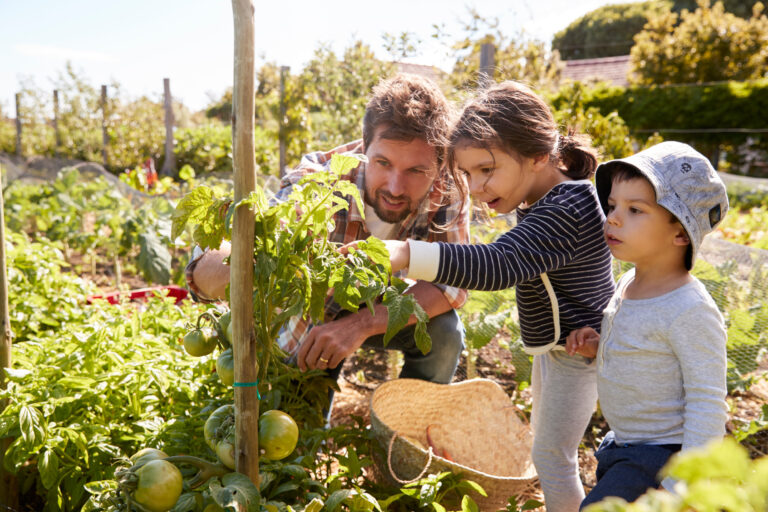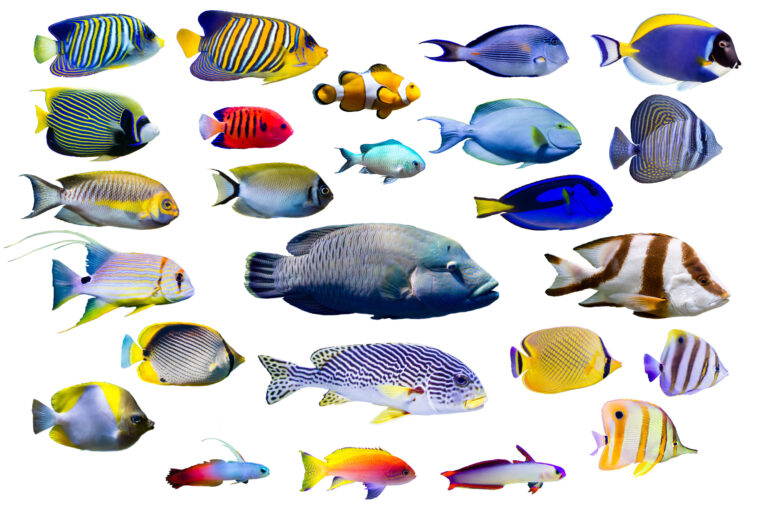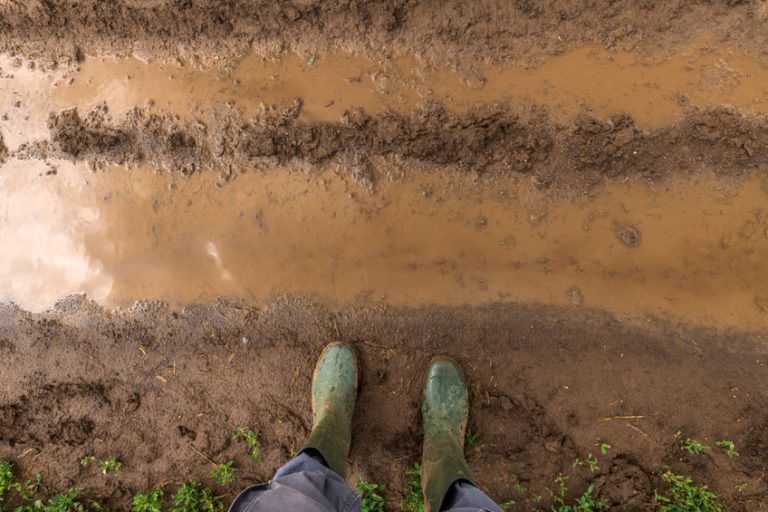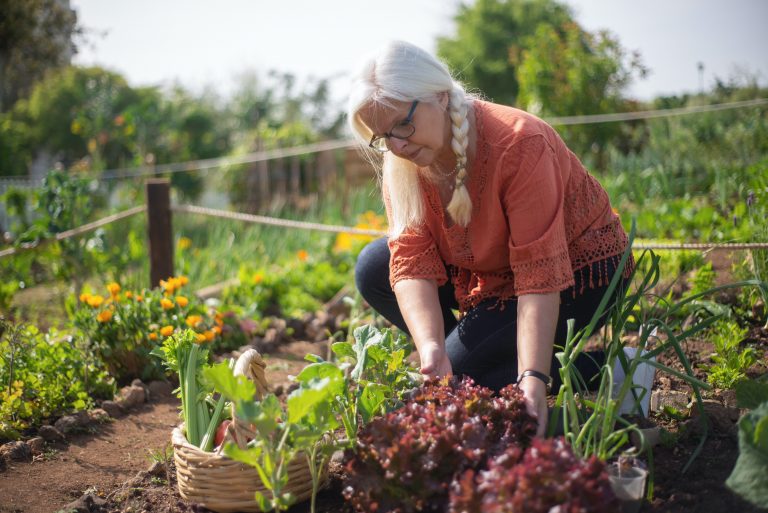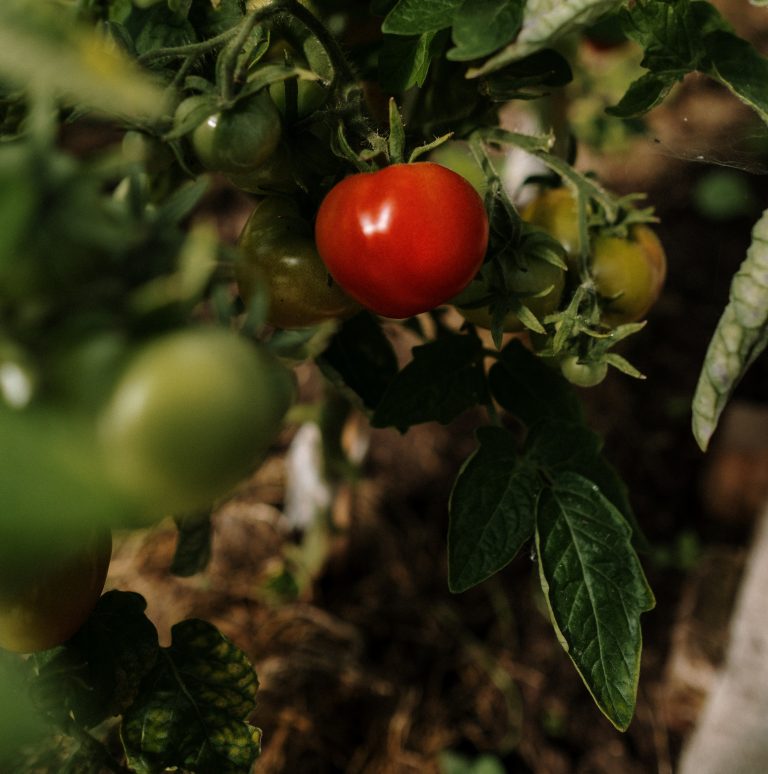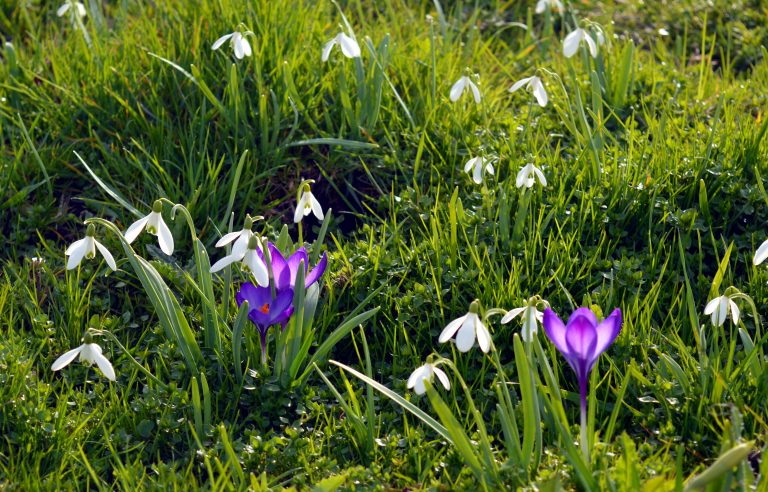I don’t know exactly what I thought of upon hearing the term “electroculture gardening.” Nevertheless, it excited me. It has hints of raves and EDM, parties in deserts and forests, and a celebration of nature as culture. It’s something more technological – the application of electricity to create plant growth. It’s an interesting thing to…
gardening methods
Low Maintenance Plants to Jumpstart Your Gardening Journey
Low-maintenance plants and gardens are great ways to start your gardening journey. Some plants can produce tons of food with minimal effort from you, especially if you set your garden up to be low-effort from the beginning. First, I will explain how to set up a low-effort garden, and then I will give you some…
Surprising Benefits of Growing Your Own Food
There’s no doubt about the benefits of starting a garden. It’s a hobby that can help you improve many areas of your life. Here are some little-known benefits of growing your own food that could inspire you to start doing so if you haven’t already. Gardening Counts as Exercise Many people know that exercising on…
Maintaining a Garden to Keep Your Indoors and Outdoors Clean
Gardening gives your home the required curb appeal and does wonder for your well-being. Physical exercise keeps blood pressure in check and contributes to a healthy weight, and interactions with flora improve your mental health and mood. Below is a list of ways to maintain your garden. Watering Watering the plants is crucial and…
Benefits of Community Gardens
I live in an apartment in San Francisco. I have a porch, windowsills with different light levels, and some counter space to do any gardening that I’d like to do. However, I don’t have a yard. Therefore, if I wanted to get serious about outdoor gardening, I would need to explore other options. That’s gotten…
5 Reasons To Use Fish Amino Acid on Your Plants
There are so many great reasons to use fish amino acid in your garden. Also known as fish fertilizer, this product provides nutrition to plants in ways that are similar to, but arguably potentially better than, other organic garden fertilizers. There are different types of fish fertilizer and different reasons to use fish amino acid…
Protect The Garden From Excessive Rainfall: Frugal Tips
While it’s not necessarily a problem in all locations, many people have to worry about protecting their garden from excessive rainfall. Plants love water! Too little, and they’ll wither away. But too much water can also cause problems. Plants that are stuck drowning in waterlogged soil can succumb to root rot. These days, unpredictable weather…
Staying Safe While Gardening During a Heatwave
Many gardeners look forward to the summer because it means that the gardening season is in full swing. By mid-July, plots are lush with produce, and flowers are in full bloom. But mid-summer is also a ripe time for heatwaves. As the summers get hotter, it’s getting more and more important to prepare for…
How To Get Plant Spacing Right
When I started gardening over a decade ago, I was so excited to grow things that I would cram many seedlings into tiny spaces. My first garden was my pride and joy, but looking back on it, I made so many mistakes. Mistakes are good! They help you learn. But some of them are entirely…
How To Do A Spring Garden Clean-Up
It’s springtime! The season that signals to every gardener that it’s time to get started is here. In my neck of the woods, it’s also the ugliest time of year. I become tempted to start my spring garden clean-up right away, but I know that soon the buds from my maple trees will fall and…
